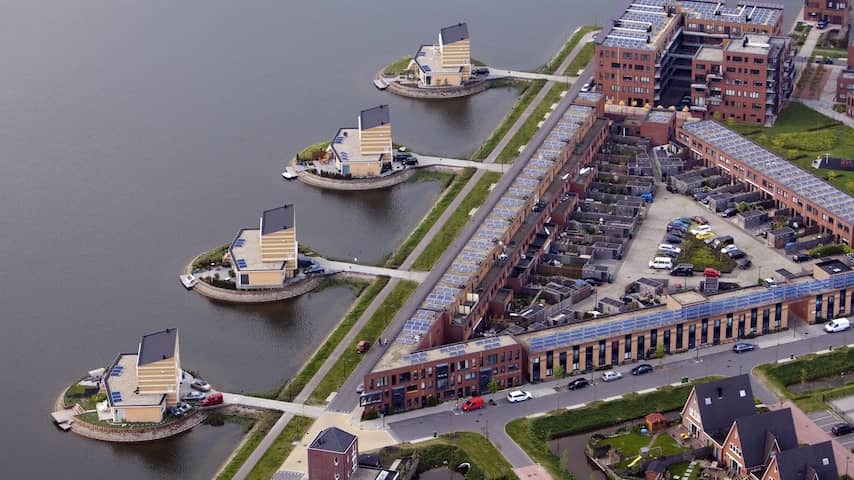
The number of solar panels on the roofs of houses is still increasing, despite the fact that they will yield less. This is evident from CBS figures for 2024. In rural provinces, there are more panels per house than in the Randstad.
This may be because there are more apartment buildings and other high-rise buildings in the west of the country. In large parts of Drenthe, Limburg, and Zeeland, houses have an average of about 2.3 kilowatt peak (KWp) of power on the roof.
The municipalities of Rozendaal, Boekel, and Someren have the most power per house through solar panels, with an average of about 2.8 KWp per roof. In Amsterdam, this is only 0.289 KWp and in Rotterdam 0.383 KWp.
This power is not equal to what is actually generated. “The sun does not shine on the panels from the best direction all day,” says CBS researcher Vinodh Lalta. The national average is 1.4 KWp. That provides roughly half of the electricity needs of a household.
Growth despite unrest surrounding net metering
The power of solar panels on the roofs of houses grew by 12 percent in 2024. “That is a smaller increase than in previous years, but it is still a growth,” says Lalta.
“Part of the growth is in new-build homes with solar panels,” says energy expert Martien Visser. Furthermore, there are people whose order was delivered late. Others bought the panels quickly, so that they would still enjoy the net metering scheme for another year, Visser suspects.
In May 2024, the then cabinet announced that the net metering scheme would be abolished in one go in 2027. From that moment on, solar panel owners can no longer deduct their energy generation from their consumption, which means that it will take longer for them to earn back their solar panels.
The expectation is that the popularity of solar panels will decrease. It often costs money to return the generated solar power to the grid. At the same time, a solar panel still generates free electricity for its own use, Lalta emphasizes.